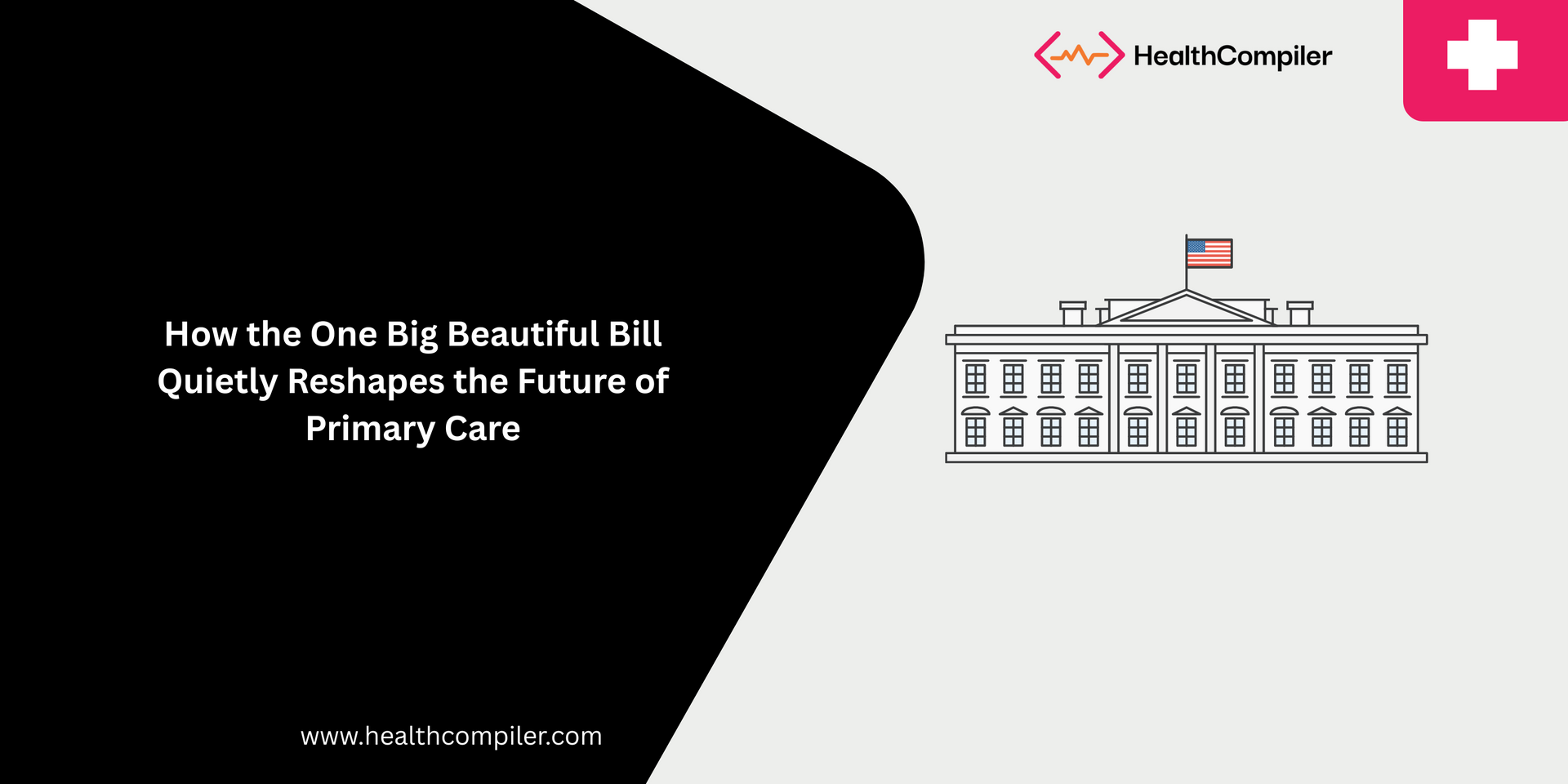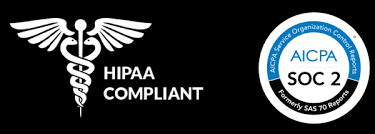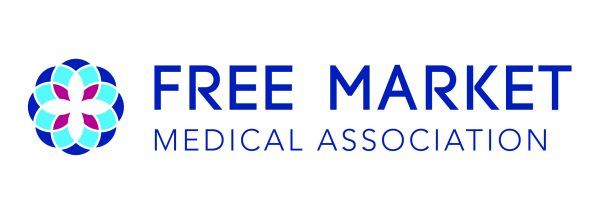How the One Big Beautiful Bill Quietly Reshapes the Future of Primary Care

A Quiet Revolution for Direct Primary Care Clinics
In May 2025, Congress passed the One Big Beautiful Bill, a sweeping package of healthcare reforms that expands the Affordable Care Act while unlocking new options for primary care. Most headlines focused on Medicaid changes and ACA subsidy expansions. But tucked inside this Big Beautiful Bill update is a quiet, strategic shift that could change the future of primary care.
The bill makes Direct Primary Care (DPC) eligible for Health Savings Account (HSA) spending, a long-awaited change that removes financial and legal friction for millions of patients. For DPC practices and employers looking to offer smarter, more affordable care, this is the turning point.
The DPC-HSA Fix: What Changed Under the Big Beautiful Bill
HSA Funds Can Now Be Used for DPC Memberships
Patients can now spend up to $150 per month for individuals and $300 per month for families from their HSA to pay for DPC memberships. That eliminates a key obstacle: the inability to use pre-tax funds for trusted, direct care.
DPC Is Not Considered Insurance
The One Big Beautiful Bill also clarifies that DPC is not treated as a health plan under federal law. This removes legal ambiguity and allows patients to pair DPC with high-deductible health plans without losing HSA eligibility.
These Changes Are Immediate
The law takes effect upon signing. While regulatory guidance will follow, clinics can prepare now for changes that are both practical and far-reaching.
What This Means for DPC Clinics
1. A Larger, More Engaged Market
Over 35 million Americans already have HSAs. Many are enrolled in Affordable Care Act-compliant high-deductible plans and looking for accessible primary care. Thanks to the Big Beautiful Bill Senate approval, they can now use their HSA to join a DPC practice.
2. More Employer Demand
Employers offering Affordable Care Act-aligned plans often look for ways to reduce costs while improving care. With DPC now HSA-compatible, employers have a clear path to offer better access without increasing administrative complexity.
3. Stronger Member Retention
Pre-tax HSA payments can help stabilize revenue and reduce membership churn. These are key business advantages for DPC clinics planning long-term growth.
DPC Operators: Steps to Take Now
1. Prep for Volume
Expect increased inquiries from HSA-eligible patients and small to mid-sized employers. Update your payment process, onboarding workflow, and communication materials to reflect the new policy.
2. Make Your Value Visible
To stand out, DPC practices must clearly demonstrate outcomes: patient satisfaction, chronic care management, and lower hospital use. These metrics resonate with employers and patients alike.
3. Use Smart Tools
Growth doesn't have to mean burnout. Leverage software tools that support scheduling, billing, communication, and reporting so your team can focus on care, not admin.
For Employers and Plan Designers
1. DPC Fits Seamlessly with HDHPs
With the One Big Beautiful Bill now law, DPC works cleanly alongside high-deductible health plans. This helps employers stay ACA-compliant while enhancing access and satisfaction.
2. Save on Total Cost of Care
DPC reduces avoidable ER visits, unnecessary specialist referrals, and chronic disease flare-ups. This creates measurable savings while improving employee wellness.
3. Nationwide Access Is Now Possible
DPC networks and digital-first models are making it easier to serve multi-state teams. Benefits leaders can now offer consistent primary care access without complexity.
For DPC Advocates and Policy Leaders
Use This Win Strategically
This rare bipartisan change within the Affordable Care Act is more than a footnote. It is a lever for future reform, supporting innovation in how care is paid for and delivered.
Stay Alert to Guidance
IRS and Department of Labor rules will finalize the implementation. Advocacy groups should stay involved to ensure the intent of the Big Beautiful Bill Senate version is preserved in execution.
Spread the Word
Most Americans haven’t heard of DPC, let alone that the rules have changed. Education efforts can help patients, brokers, and HR teams understand the new value proposition.
Final Thought: A Tipping Point for Primary Care
The One Big Beautiful Bill didn’t just expand the Affordable Care Act. It unlocked the next era for primary care. By making DPC eligible for HSA spending, it removed a policy bottleneck and validated a care model built on trust, time, and access.
This is more than a policy tweak. It is a structural change that empowers clinics, strengthens employer offerings, and helps patients access care that actually works. For those building the future of primary care, the moment to grow is now.



